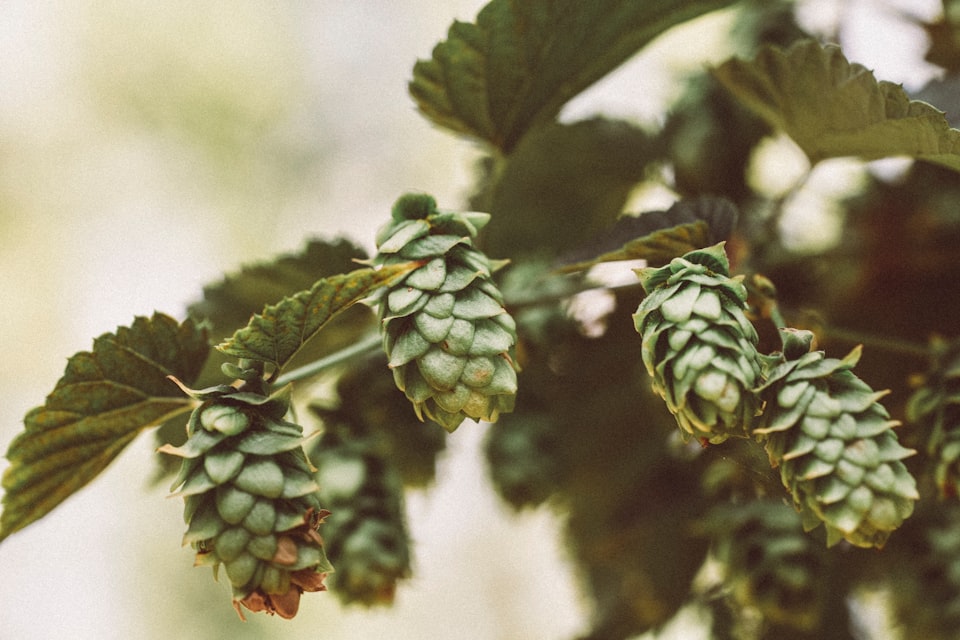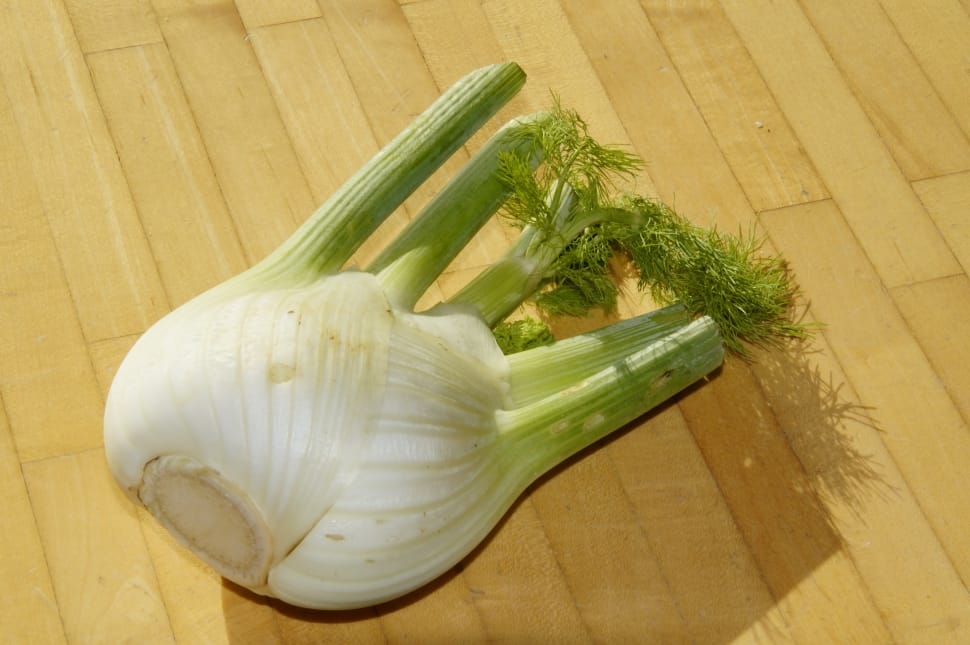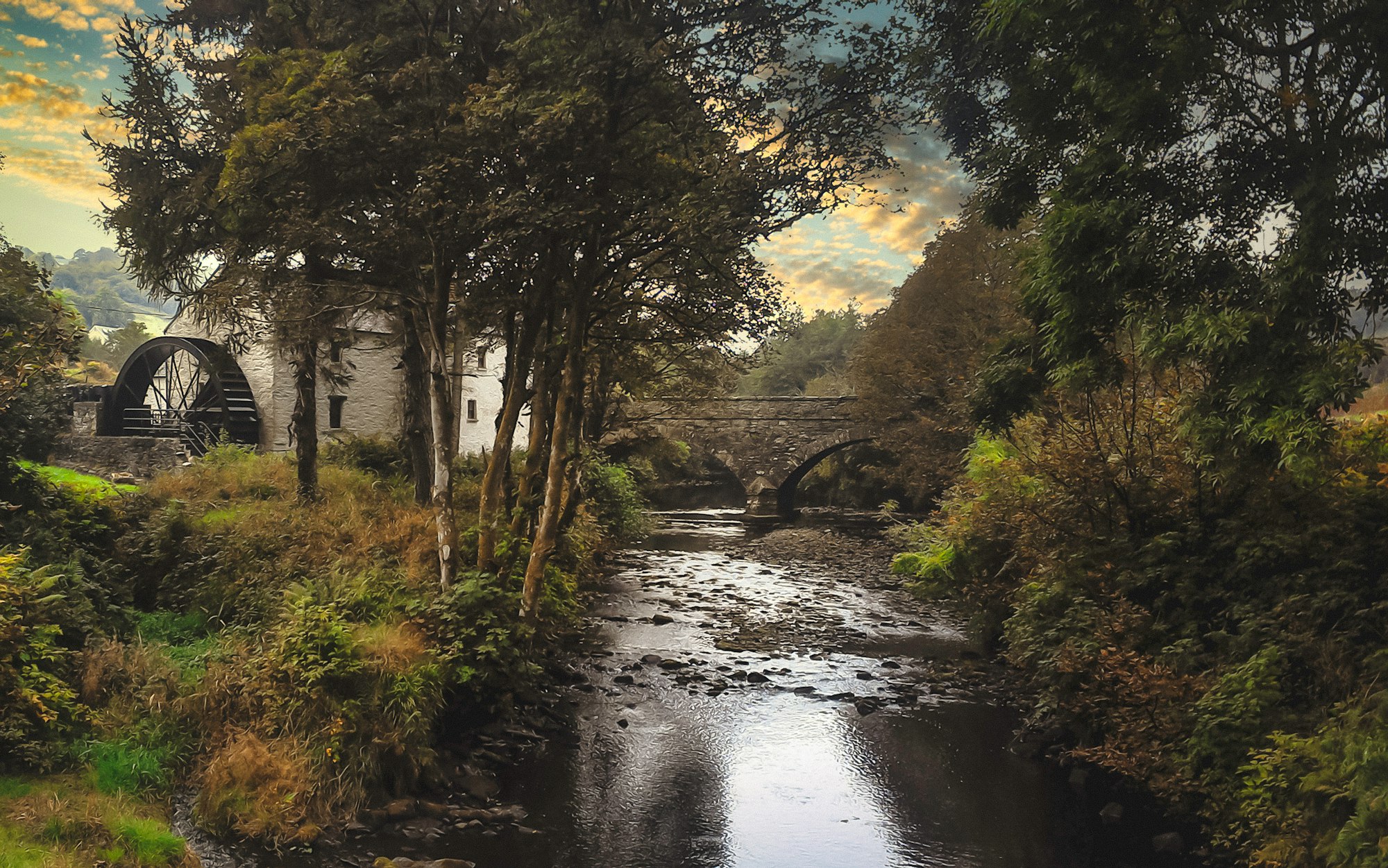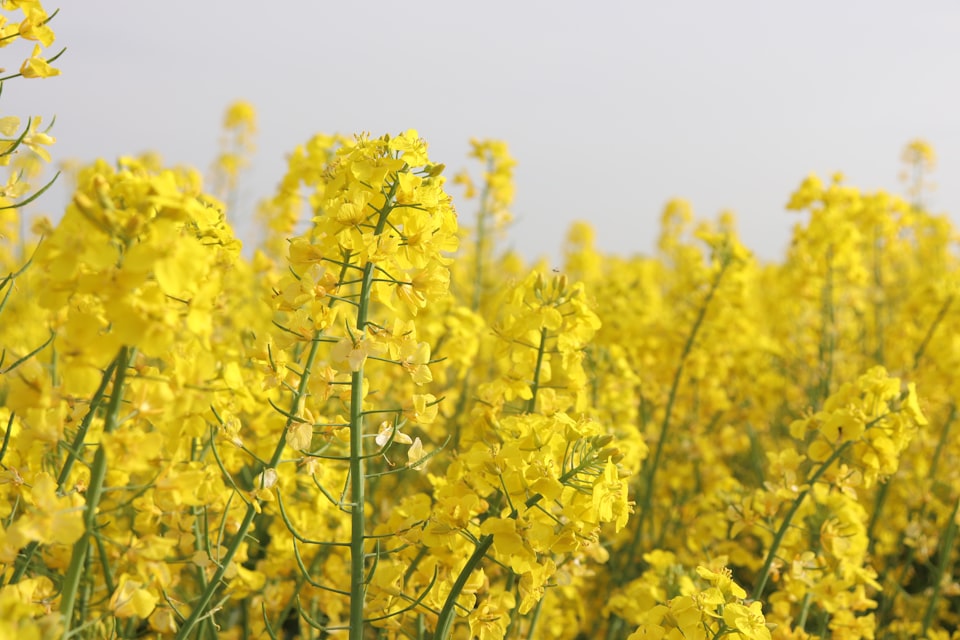II: Glasswort
The sad story of the king's chemist.
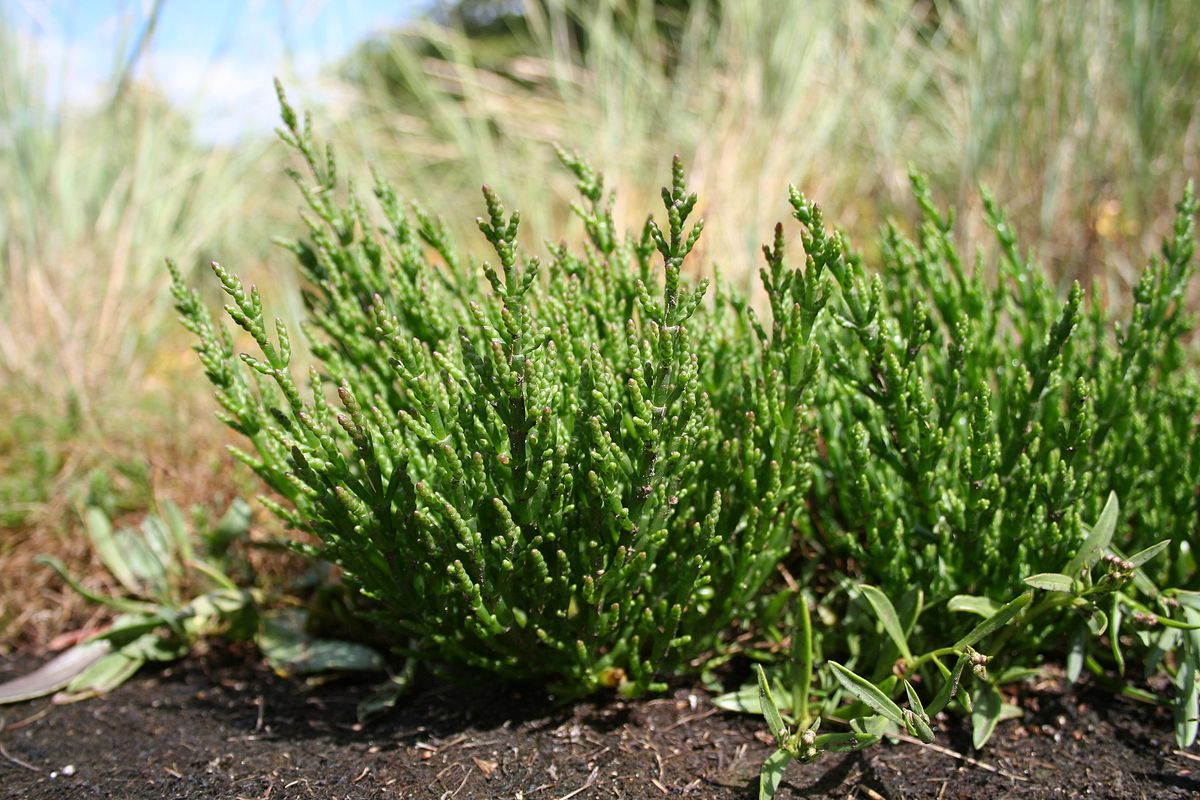
Good morning. Today is duodi, the 12th of Thermidor, Year CCXXXI. We celebrate la salicorne, an herb from the swamps used to make glass and soap.
Glass was still a luxury item in the 18th century. Glass itself was not rare, but money could buy the largest, strongest, and clearest panes of glass made from only the finest fixing agents, which at the time meant the glasswort that could only be harvested in its specific and unlovely seaside habitats. Louis XVI wanted to continue his grandfather's tradition of bedecking his every building with as many windows and mirrors as possible, but the coffers couldn't keep up with the rising cost of glasswort-made panes, so he offered a prize of 2,400 livres (about $11,000 in today's money at actual conversion, but more like a year's wages in that era's extreme income inequality) to anyone who could invent a cheap way to make glass-grade potash. One of his court physicians took up the challenge, and although he succeeded, his life only went downhill from there.
